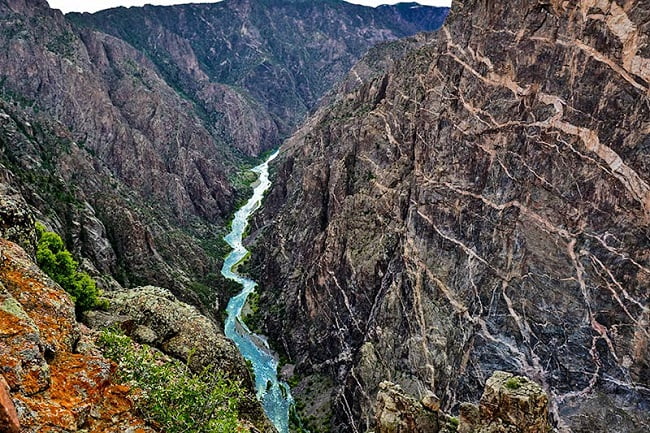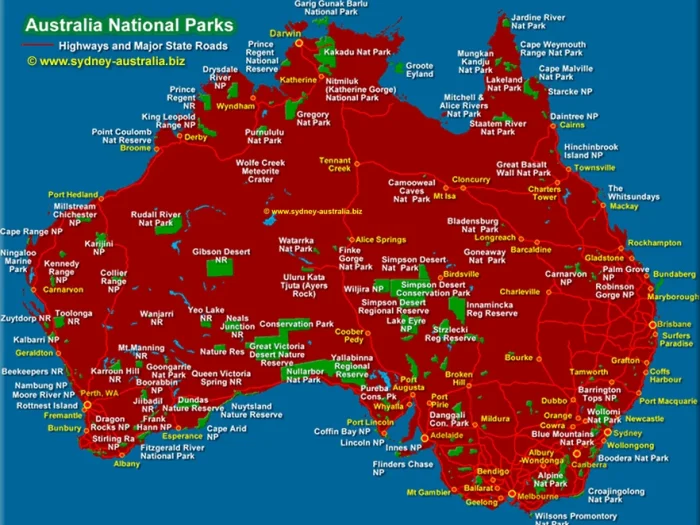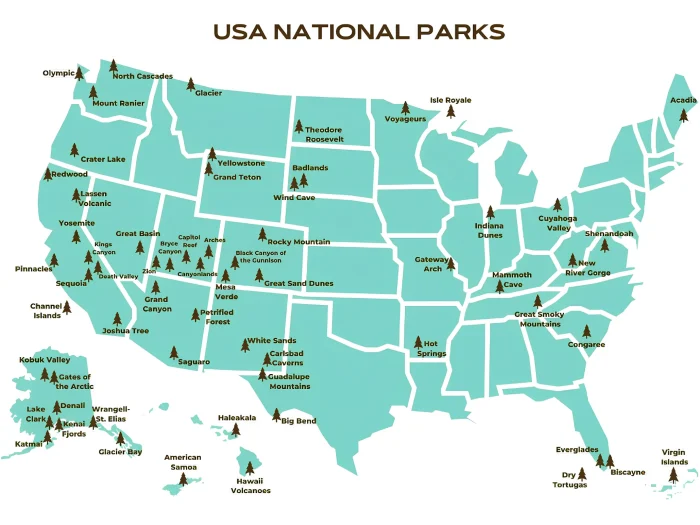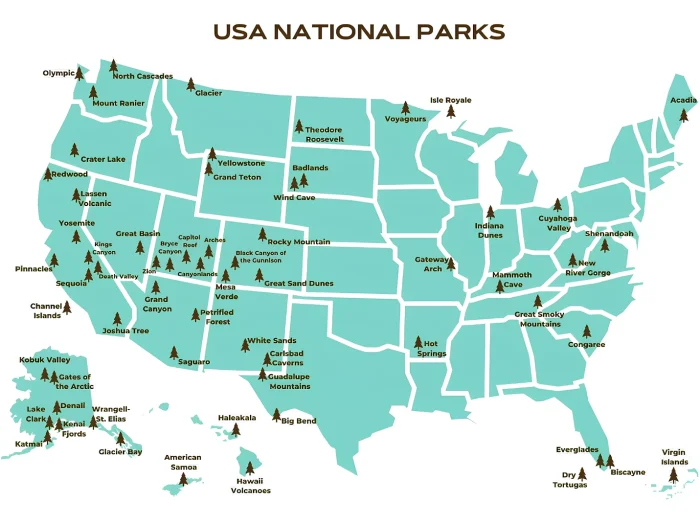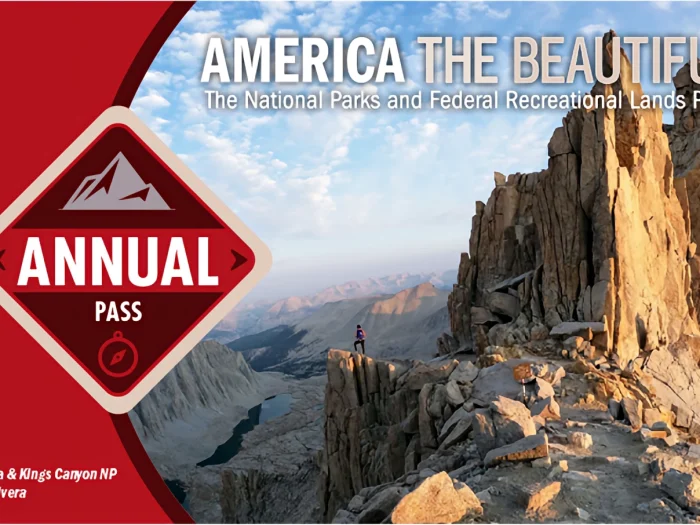Welcome to Black Canyon of the Gunnison National Park
Welcome to the Black Canyon of the Gunnison National Park information page
Here you will find all you need to know about the natural history of the park.
Learn about the geology, trees, mammals, birds, or other plants and wildlife of the area. The Black Canyon hosts a variety of ecosystems from pinyon pine, juniper and scrub oak forests at the rim, to the shady and vertical inner canyon walls, and down to the riparian community along the Gunnison River.
Getting There
Black Canyon of the Gunnison National Park is located approximately 250 miles southwest of Denver.
- South Rim: 15 miles east of Montrose, via U.S. Highway 50 and CO Highway 347
- North Rim: 11 miles south of Crawford, via CO Highway 92 and North Rim Road (unpaved)
The closest airport to Black Canyon of the Gunnison National Park is Montrose Regional Airport (MTJ). It’s located approximately 25 miles northwest of the park
There is no bridge between the north and south rims of the canyon. Allow two to three hours to drive from one side to the other.
PUBLIC TRANSPORTATION
By bus: To Montrose or Grand Junction
By train: To Grand Junction
There is no public transportation within the park.
Black Canyon of the Gunnison National Park information:
- Address: Colorado, United States
- Official Website: https://www.nps.gov/blca/index.htm
- Phone Number: +1 970-641-2337
- Rating: 4.8/5 (4667 votes on Google map)
Canyon Dimensions
- Greatest Depth
- Warner Point: 2,722 feet (829m)
- Chasm View: 1,820 feet (555 m)
- Gunnison Point: 1,840 feet (561 m)
- Narrowest Width
- At the rim (Chasm View): 1,100 feet (335 m)
- At the river (The Narrows): 40 feet (12 m)
- Total Lenth of Black Canyon
- Total Length: 53 miles (85 km)
- Length in National Park: 14 miles (22.5 km)
- The River
- Average descent over the entire length of canyon: 43 feet/mile (8 m/km)
- Greatest decent – Occurs in the park at Chasm View: 240 feet/mile (45 m/km)
Birds
Canyons aren’t barriers to birds. In search of food and water, birds can readily fly to depths and heights forbidding for other animals, including humans.
Common birds in the park include the Great Horned Owl, Mountain Bluebird, Stellar’s Jay, Peregrine Falcon, White-Throated Swift, Canyon Wren, Black-billed Magpie, Black-headed Grosbeak, Black-throated Gray Warbler, Blue-gray Gnatcatcher, Cliff Swallow, Common Nighthawk, Common Raven, Dusky Flycatcher, Green-tailed Towhee, House Wren, Northern Flicker, Orange-crowned Warbler, Mourning Dove, Plumbeous Vireo, Rock Wren, Spotted Towhee, Virginia’s Warbler, Yellow Warbler, Western Tanager, Warbling Vireo, and American Dipper.
Mammals
By far one of the most elegant and visible animals is the mule deer. Mule deer are amazing animals. They have adapted to many different types of habitats and seem to thrive in all of them. As you look into the depths of the canyon it may be hard to believe that these animals are just as at home trekking to the canyon bottom as they are meandering the oak flats on the rims. Even so, Black Canyon is often not an easy place for them to be. Other mammals you might see living in the park include the American Beaver, Big Brown Bat, Bighorn Sheep, Coyote, Deer Mouse, Hopi Chipmunk, North American Porcupine, elk, and Striped Skunk.
Pothole Ecology – Ephemeral Pools
Throughout much of the Colorado Plateau, a region covering much of Western Colorado and southern Utah, rain is sporadic during the summer months. With surface temperatures reaching 120 degrees, obtaining moisture sometimes becomes top priority for the animals that make this region their home. The little rain that does fall tends to run off over the rocky surface, or gets absorbed quickly into the dry soil. Some of the moisture however gets trapped in the shallow depressions in the rocks. Collected in pools, this water may last perhaps only a few days, leading researchers to the name “ephemeral.” This water is essential for the survival of many desert creatures.
Life Zones
PINYON / JUNIPER FOREST
The Colorado Plateau is a geologic region characterized by high deserts, deep canyons and “pygmy forests”. These features can be found along the Warner Point Nature Trail, the highest elevation on the park’s south rim. Pinyon pine and juniper trees dominate this forest type known as the “pygmy forest” due to its small stature. The pinyon and juniper woodlands have provided food, fuel, building materials and medicines to American Indians for thousands of years. Still today, the pygmy forest provides the delicious pine nut and firewood for people of all walks of life on the Colorado Plateau.
OAK FLATS
Drive along the canyon rim and submerge yourself in a Gambel oak thicket. A kaleidoscope of wildflowers and grasses choke the roadsides. Serviceberry bushes and smaller shrubs intertwine with the Gambel oak providing an abundant habitat for wildlife. Oak acorns take a year to mature. Being rich in carbohydrates, fats and proteins, they are on top of the wildlife food list.
INNER CANYON
Just below the canyon rim, an entirely different world unfolds. Deeply etched walls provide a shady niche for plants that you would expect at higher elevations. Tiny rock gardens bursting with wildflowers invite you to explore this precarious chasm. Pockets of Douglas fir and aspen trees invade craggy slopes where snow lingers long into spring. The striking difference between the canyon walls is mainly due to the amount of sunlight hitting these walls, which in turn determines the amount of freeze-thaw erosion occurring on each wall. The continuous cycle of freezing and thawing water, expanding and contracting within the canyon walls, weakens the rocks, and causes them to break off or erode. Since the south-facing wall receives more direct sunlight throughout the day, any moisture that falls there quickly evaporates. Without any moisture, freeze-thaw erosion is less likely to take place. In contrast, the north-facing wall is in shadow much of the day. Water evaporates much slower in the cool shade. The water that remains on the north-facing wall freezes and thaws throughout the winter, which increases the erosion that takes place.
Geology & Hydrology
The uplift and volcanism of the early to mid-Tertiary established the highland that would serve as the headwaters for the Gunnison River. Snowmelt from the Sawatch Range to the east, the West Elk Mountains to the north and the San Juans to the south provided an ample supply of water to what would eventually become the Gunnison Basin. Geologists believe that the modern Gunnison River became established in its current course about 10 to 15 million years ago, just after the last eruptions in the San Juans and West Elks. This coincides with the beginning of a period of rapid uplift of the Great Basin and Colorado Plateau provinces that lie between the Rockies and the Sierra Nevada Range in California. To date, geologists are at a loss to explain the forces behind the uplifting of such an immense region. Whatever the cause, the uplift allowed the early Gunnison River to easily cut its way down through the thick layers of Tertiary volcanics and Mesozoic sedimentary rocks. Then about two million years ago, the river began to expose the much harder Precambrian basement rocks of the Gunnison Uplift, a block of crust that had been forced upwards during the Laramide Orogeny. Trapped in its own canyon, the Gunnison had no other choice but to battle the rocks beneath it. At the rate of about one inch per every hundred years (or the width of a human hair each year), the Gunnison slowly worked its way through the resistant rock, forming the narrow, steep-sided Black Canyon of the Gunnison. Only a high volume, high-velocity river like the Gunnison could produce such a breath-taking canyon!
Seasons and Hours of Operation
South Rim: Open every day. The South Rim Road is open to vehicles from early April to mid-November. In winter, the South Rim Road is open to Gunnison Point. The remainder of the road is closed to vehicles, but open to cross country skiing and snowshoeing.
North Rim: North Rim Road and ranger station are closed in winter. The road typically closes late November and reopens mid-April.
North Rim Ranger Station is open intermittently during the summer and closed the rest of the year.
SOUTH RIM VISITOR CENTER is open year-round
Hours:
- Fall, Winter, Spring: 8:30 am – 4:00 pm
- Summer: 8:00 am – 6:00 pm
Closed Thanksgiving, Christmas, New Years Day
Phone: (970) 249-1914 extension 423
Location: Two miles from the south rim entrance station on the South Rim Road.
Entrance fees
Entrance fees are $30.00 per vehicle at the South Rim entrance station and the North Rim ranger station of Black Canyon. It covers all persons in a single, private, noncommercial vehicle and is valid for seven calendar days.
The entry fee for pedestrians, bicyclists, motorcycles, motor scooters, or mopeds is $15.00 per person, not to exceed $30.00 per vehicle. There is no fee charged for persons 16 years of age or younger.
To update Entrance fees you visit here
Pets on a leash may be walked on roads, in campgrounds, to the overlooks, and are allowed on the Rim Rock Trail, Cedar Point Nature Trail, and North Rim Chasm View Nature Trail. Pets are not allowed on any other hiking trails, inner canyon routes or in the wilderness area. Owners are responsible for their pet’s behavior and may receive fines if their animal creates problems with wildlife and/or other visitors.
Do not leave your pet unattended in a vehicle or campsite. Interior temperatures of vehicles rise within minutes and pets can quickly overheat and die, even with the windows cracked.
Things to doat Black Canyon of the Gunnison National Park
Visitors to the park can enjoy a variety of attractions and outdoor activities…
- Hiking nature trails
- Hiking the inner canyon
- Camping in beautiful campgrounds
- Going on scenic drives
- Fishing
- White water river kayaking
- Rock climbing
- Wildlife watching
- Horseback riding
- Cross country skiing
- Snowshoe trekking
- Winter backcountry camping
- Birdwatching
Weather of Black Canyon of the Gunnison National Park
Weather can vary greatly between the canyon rim and canyon floor.
Summer daytime temperatures range between 60 to 100F (15 to 38C), nights 30 to 50F (-1 to 10C).
Winter daytime temperatures range between 20 to 40F (-6 to 4C), nights -10 to 20F (-23 to -6C).
Precipitation is minimal, brief afternoon thunderstorms can occur during the summer. Layered clothing appropriate for the season is recommended.

